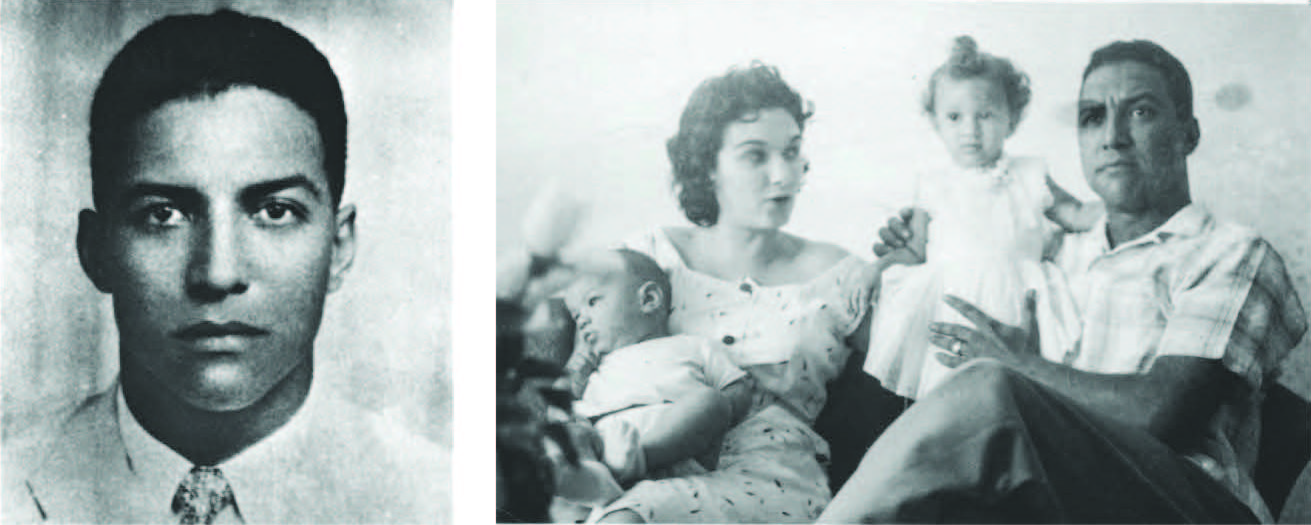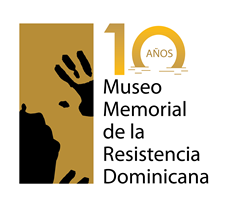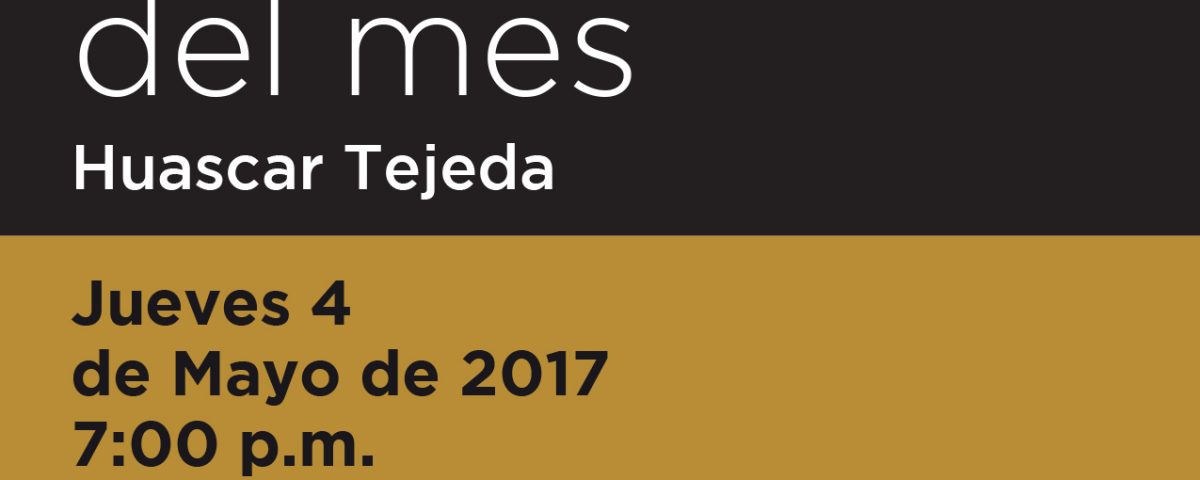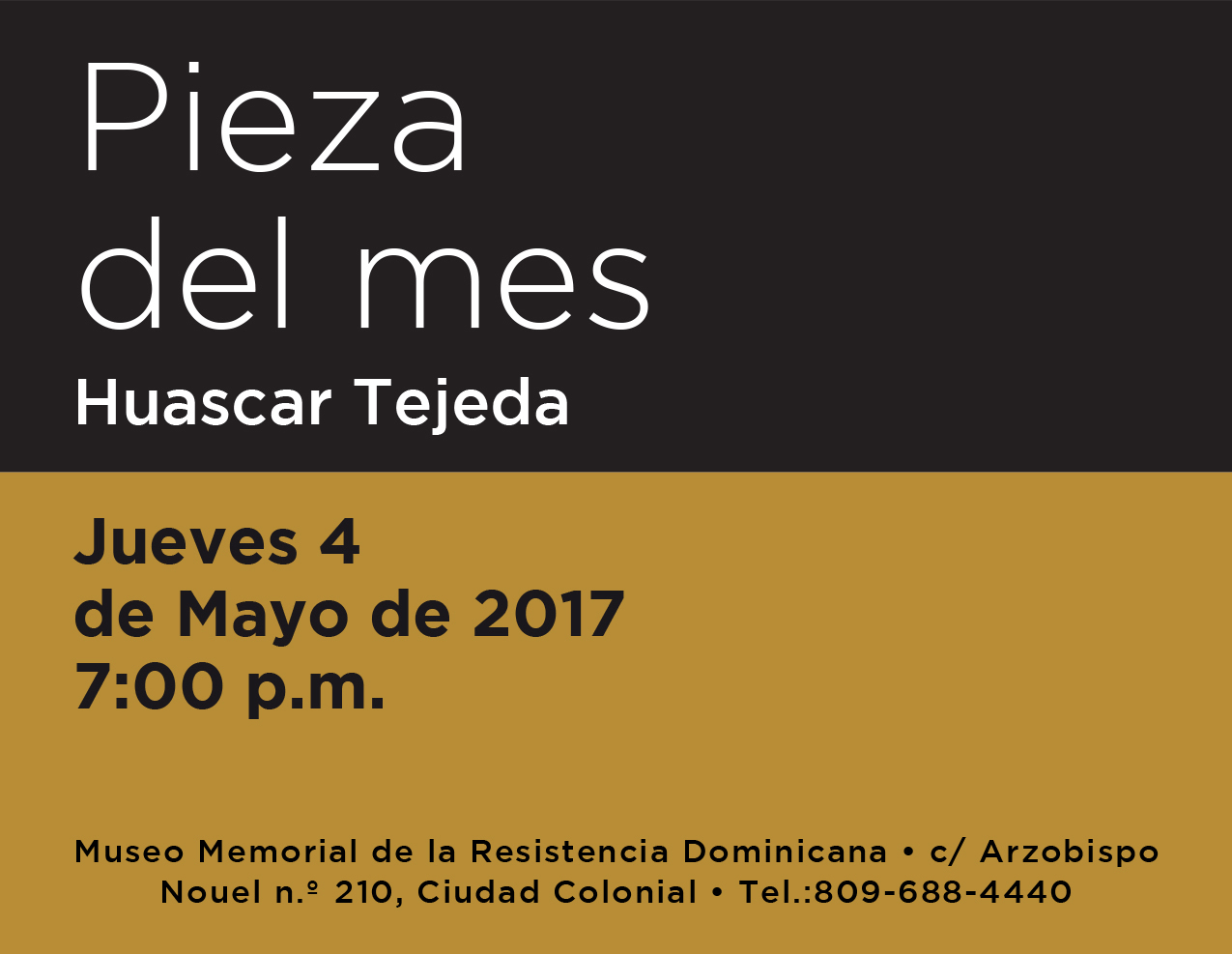Huascar Tejeda

El Museo Memorial de la Resistencia muestra el genocidio en varios países
May 1, 2017
Ramón Leonardo se reitra del canto
May 8, 2017
Huáscar Antonio Tejeda Pimentel was born on March 31, 1926, in the town of Santana, located at the edge of the road that leads from San Cristóbal to Baní, about fifteen kilometers from the latter. His mother was Leopoldina Pimentel, and his father was Amable Antonio Tejeda Veloz. The Tejeda Pimentel couple also had two daughters, Filis Berta, the eldest of the three, and Flérida Catalina, the youngest.
Huáscar began his university career at the University of Toronto, Canada. However, it was at the University of Connecticut, in the United States, where he received his degree in Civil Engineering.
Upon his return to the country in 1954, he worked in partnership with his friend, Engineer Roberto Pastoriza Neret. At the same time, he took care of the family's properties, since his father was retired from productive activities. In addition, Mr. Tejeda also worked as a professor in the Physics Laboratories of the University of Santo Domingo (today Universidad Autónoma de Santo Domingo).
In 1956 he married the young María Leonor González Camejo (Lindín), daughter of an immigrant couple, the Spanish Manuel González Alonzo, and his Cuban wife Rosalina Camejo Vireya. They had three children, one female, the eldest, Rocío Del Carmen, and two sons, Huáscar Antonio and Manuel Tomás.
It was his stay abroad, in countries where they lived in democracy, what made Huáscar want to put an end to the tyranny that oppressed the Dominican people.
In June 1959, together with Roberto Pastoriza, he went to the city of La Vega, where his friend General Juan Tomas Diaz, to whom they proposed to blow up the bridges of the Duarte Highway, and give military support to the patriots who had come to fight Trujillo. Juan Tomas explained to him that militarily the conditions for the execution of such purpose were not given.
One night, Huáscar and Roberto were about to execute the tyrant in a house next to Roberto's, where one of the dictator's "darlings" lived. The plan was frustrated by the sudden departure of Trujillo. The engineers cut the barrels of the shotguns used in the tyrannicide. This work did not turn out well, and had to be corrected by the Spaniard Miguel Angel Bissié Romero.
During his almost daily visits to his brothers Juan Tomás and Modesto Díaz, Huáscar met Antonio De La Maza, who soon became a regular visitor to Huáscar's house on Arístides Fiallo Cabral Street in the Zona Universitaria.
Tejeda's participation on the night of May 30 was in the ambush itself, forming part of the group of seven men whose responsibility was the physical elimination of the tyrant. He drove one of the three vehicles, with which he hit the tyrant, knocking him to the pavement.
The night of May 30, after the dictator was executed, Huáscar picked up his pregnant wife, whom he had left with their two small children, at the home of his compadres Augusto Sánchez and Ana María Cernuda. They passed by the house of Juan Tomás Díaz and then by the house of his compadres Manuel Tavares and Rosa Emilia Sánchez, to later go to their house. Shortly after arriving, he told his wife how the events had occurred on George Washington Avenue.
Given the failure of the second part of the plan, those involved in the execution of the tyrant tried to seek refuge to avoid being captured by the SIM, then under the command of Colonel Roberto Oscar Figueroa Carrion. Engineer Tejeda was finally taken prisoner on June 1st, in the Santo Cura de Ars church, in the upper part of the capital city.
His capture was followed by a process of interrogation and torture, initially at the headquarters of the Dominican Military Aviation, at the San Isidro Air Base, and later in a house that the regime had converted into a torture center, located at kilometer 9 of the Mella highway, known as the Carcel del 9. He was later transferred to the La Victoria prison, where he was able to receive a visit from his wife, who had recently given birth to their third child.
Finally, the engineer Huáscar Tejeda was taken on November 18, 1961 by the then Chief of Police, Colonel Marcos Jorge Moreno and his assistant Américo Dante Minervino, to the country house called "Hacienda María", property of the Trujillo family. There he was murdered along with Modesto Díaz, Roberto Pastoriza, Pedro Livio Cedeño, Salvador Estrella and Luis Manuel (Tunti) Cáceres, by the dictator's eldest son, Ramfis, and a group of his friends, among whom were the brothers Colonels Luis José and José Alfonso León Estévez, and Colonel Gilberto Sánchez Rubirosa (Pirulo).
This group was later convicted in contumacy, along with General Fernando Sanchez (Tuntin).
On the day of his death, Huáscar Tejeda was 35 years old.






